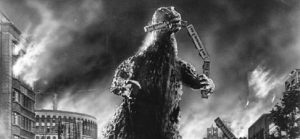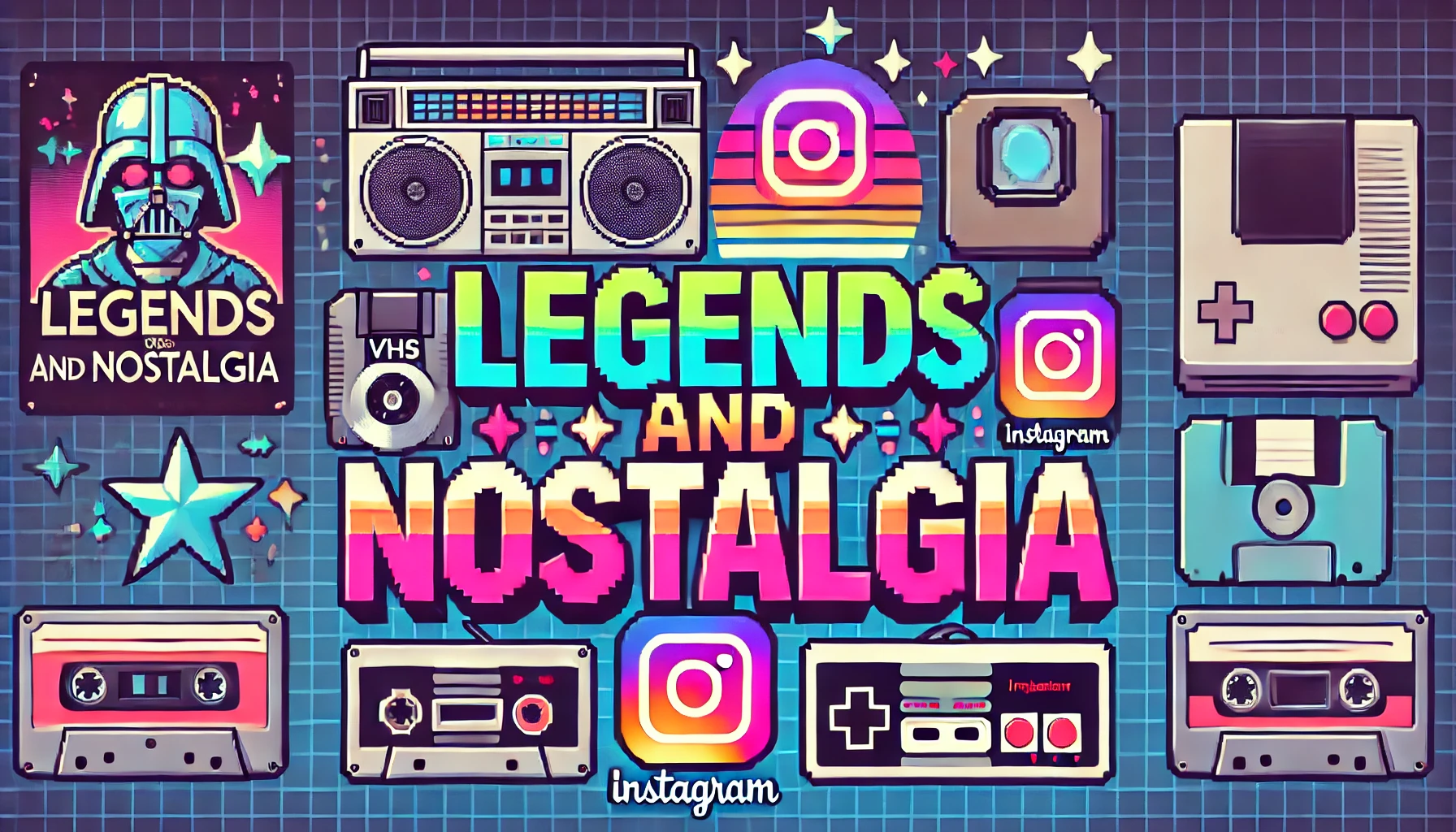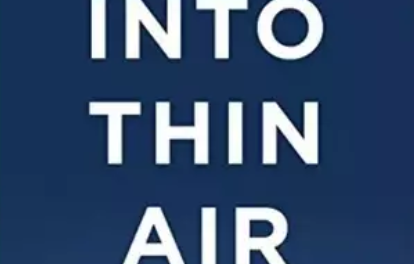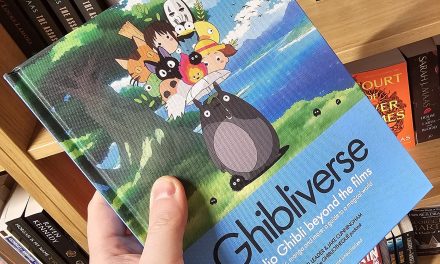The day finally arrived — I decided to revisit an iconic piece of cinematic history: Ishirô Honda’s 1954 masterpiece, Godzilla aka Gojira. This wasn’t just any movie; it marked the beginning of the giant monster film genre. Imagine sitting in a theater in 1954, witnessing the birth of a legendary genre—what an experience that must have been! Today, we dive back into the heart of Japanese Kaiju cinema, exploring why Godzilla remains a must-watch classic for both old and new fans. Let’s take a closer look at this monumental film that roared its way into our imaginations.

Godzilla aka Gojira had a monster budget…
In 1954, Godzilla broke new ground in filmmaking. It boasted a budget ten times larger than that of a typical Japanese film. In fact, it cost more than double the budget of Akira Kurosawa’s acclaimed Seven Samurai, which released the same year. In Japan, where audiences weren’t familiar with horror films, Godzilla’s success ignited a global surge in monster-themed movies during the mid-1950s. It also pioneered an entirely new genre, kaiju eiga (怪獣映画), or Japanese monster movies.
Let’s take on King Kong
In other words, Godzilla, aka Gojira, remains a classic in the monster film genre, embodying everything the genre stands for. While films like King Kong might present a challenge to that claim, Godzilla did get its chance to face off against King Kong in King Kong vs. Godzilla (1962), which Ishirô Honda also directed. I’ll let you discover how that battle turned out for yourself.
Wreaking havoc, leaving the audience scared to death
The acting and screenplay are commendable, and it’s no wonder that the film terrified audiences back then. Watching Godzilla in a dark theater with the volume turned up must have been a nerve-wracking experience. Especially when viewers first saw the radioactive dinosaur wreak havoc on the Japanese countryside and then march toward the city.
Awakened by atomic bombings
Unlike its American sequels, Honda’s film focuses on terror and creates an atmosphere that’s dark and unsettling. Given that the movie came out just nine years after the bombings of Hiroshima and Nagasaki, it clearly conveys a message of peace and calls for global nuclear disarmament. After all, the atomic bombings awakened this monster.
Godzilla aka Gojira was innovative on so many levels
Eiji Tsuburaya’s special effects, though award-winning at the time, haven’t aged well. You can easily spot the wires and strings in many scenes. The integration of real footage with model railroads, cars, and helicopters wasn’t entirely successful either. However, Honda’s creativity shines through, making the film incredibly innovative on many levels. It must have been amazing to be part of creating film history with toys and plastic dinosaurs.
Critics, to say the least, were unimpressed
When the film first released, critics gave it negative reviews. They criticized it for exploiting Japan’s war damages. However, despite the backlash, over ten million Japanese horror fans flocked to theaters. They screamed in excitement as Godzilla devoured train cars and showed frightened citizens who the real boss was.
But Godzilla, aka Gojira, remains a must-watch for any monster fan
All things considered, you must watch Godzilla if you’re interested in film history. Despite its age, the movie still captivates cinephiles. It offers a fun, nostalgic ride for boomers like us, and, hand on heart, it’s still worth watching. If you haven’t seen it yet, go watch it! I highly recommend the Criterion Collection 4K UHD BluRay. It includes the Japanese original and Godzilla, King of the Monsters. The 1956 “Americanized” version also comes with great extras that will satisfy movie fans.
Let’s watch the trailer! Thank you for visiting LegendsAndNostalgia.




